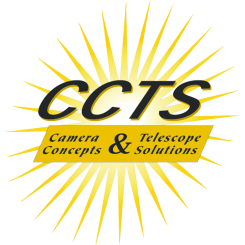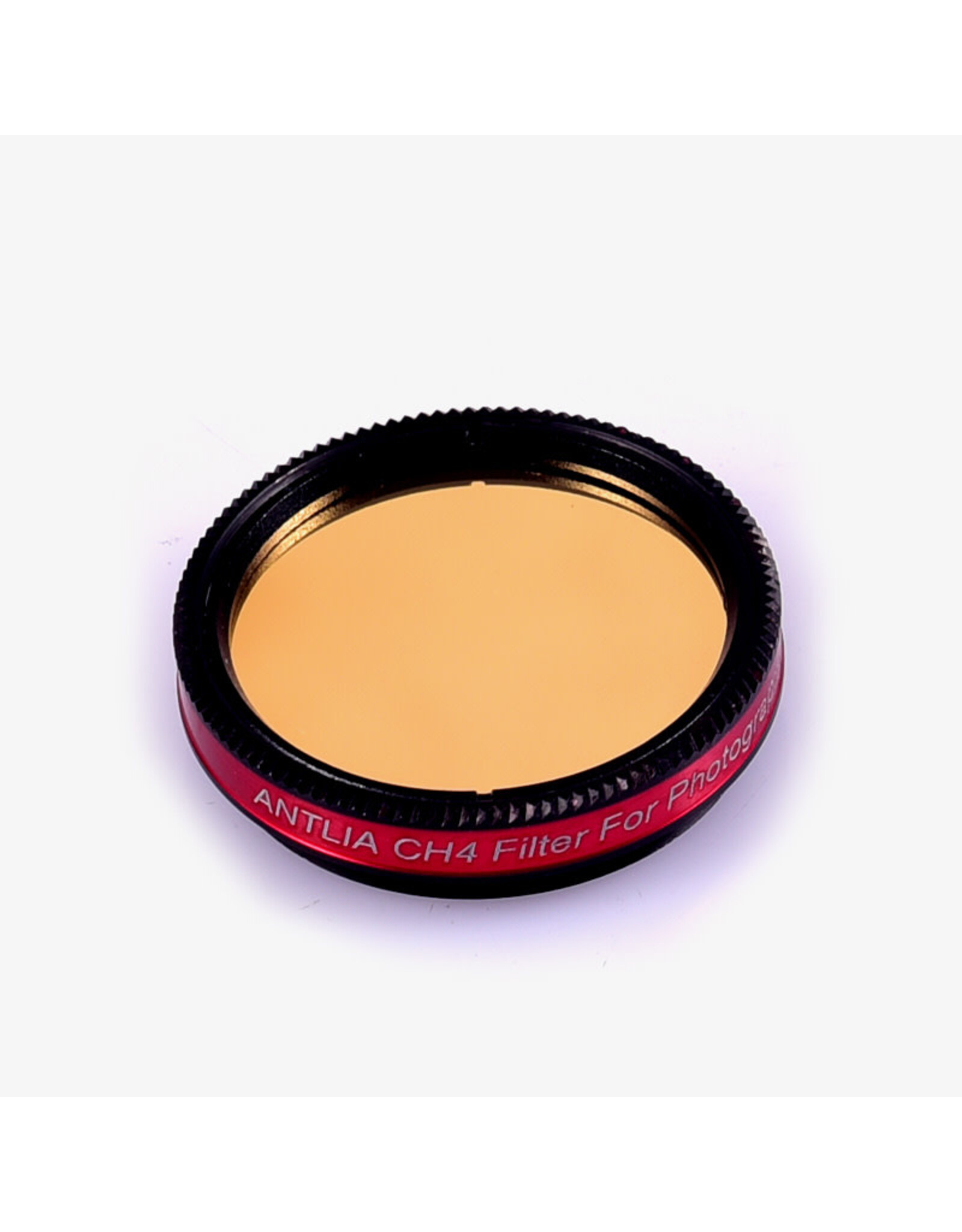Antlia Methane (CH4) Filter - 1.25'' Mounted
| Article number: | CH4-1.25in |
| Availability: | More on the Way to us |
| Delivery time: | More on the Way to Us |
Antlia methane (CH4) filter is a specialized filter that allows light in the near infrared portion of the spectrum centered at 889nm to pass through with a bandpass that is 20nm wide. This filter was developed in order to measure finer details and more contrast of the methane that is characteristic of Jupiter, Mars, Saturn and other planets.
The human eye is not sensitive to light beyond about 700nm hence no person can see what is transmitted by this filter, so this filter is not suitable for visual applications.
The Methane (CH4) filter is recommended for planetary imaging such like Mars, Jupiter, Saturn and the other planets.
In order to produce good results, you are likely to require relatively longer exposures times and larger aperture telescope with this filter than with other filters.
Technical Data:
optical substrate
Thickness: 1.25” (2mm+/-0.05mm)
Surface Quality: 60/40 (Refer to MIL-O-13830)
2 sides fine-optically polished to ensure accurate 1/4 wavefront
30 arcsec parallelism
Center-Wavelength of Antlia CH4 filter: 889nm
Tave>90% , 90% transmission at 889nm
OD5(0.001%)@ 200-1050nm
2 sides Multi-layers anti-reflection coating
Single / Non-glued substrate
Filter Ring:
1.25”(M28.5*0.6)
Ultra-thin filter cell to minimize vignetting by maximize possible clear aperture
Black Anodized Finish
Laser Engraving No Fading
Warning:
1. when attempting to image the Sun with CH4 filters note this is not for visual applications
2. If an energy rejection filter is not used in conjunction with the Methane Filter then the heat can be sufficient to damage the telescope, the Methane Filter, and the imaging system.
3. Antlia methane (CH4) filter is a specialized filter that allows light in the near infrared portion of the spectrum centered at 889nm to pass through with a bandpass that is 20nm wide. This filter was developed in order to measure finer details and more contrast of the methane that is characteristic of Jupiter, Mars, Saturn and other planets.
4. The human eye is not sensitive to light beyond about 700nm hence no person can see what is transmitted by this filter, so this filter is not suitable for visual applications.


